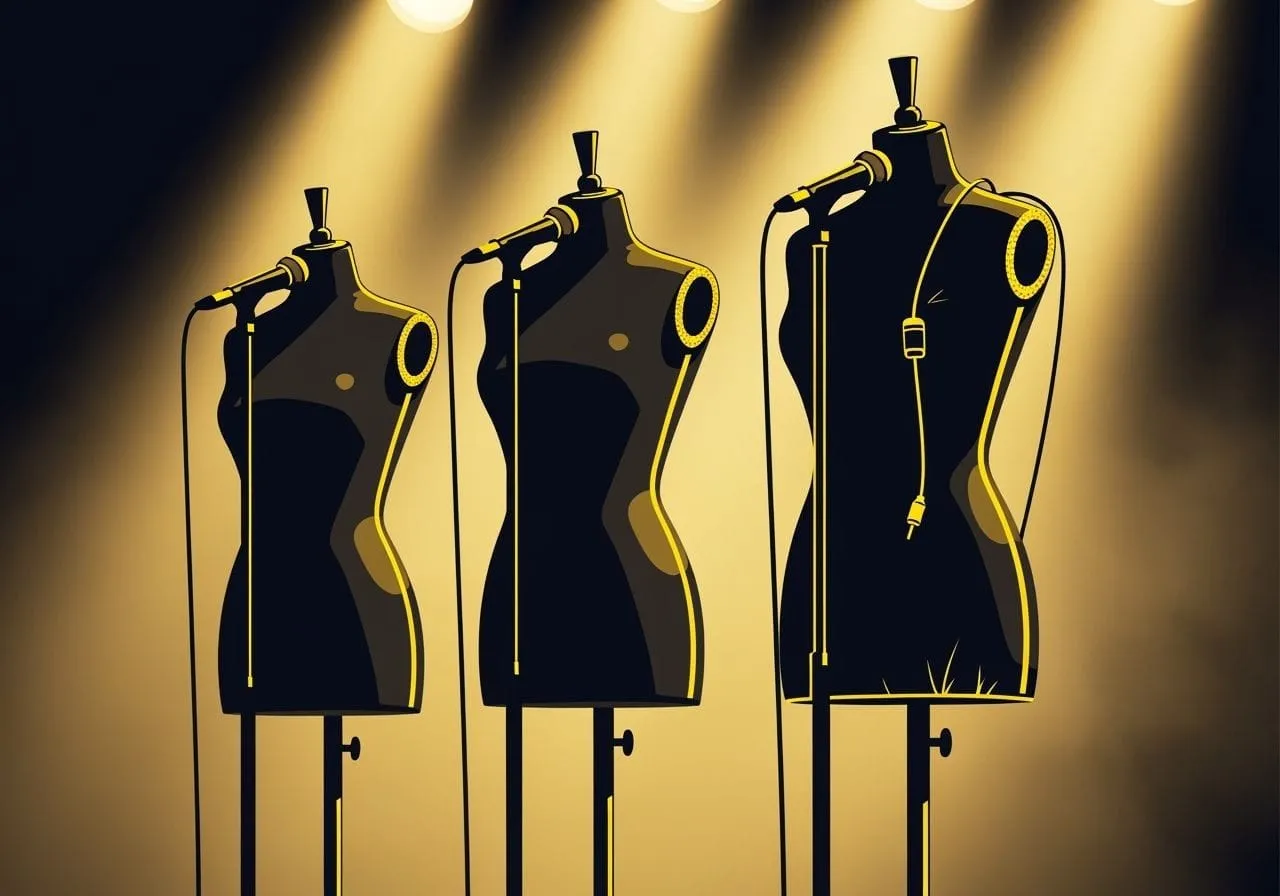Personalization turned into personality deletion.
You know that déjà vu you get mid-scroll—like the internet is telling the same joke with different faces? That’s not imagination. It’s the sound of a shared brain speaking through a million mouths.
One brain writes the script; a billion mouths lip-sync it.
The feed pays for sameness—novelty, nuance, and friction starve.
Beat it: break cadence, drop receipts, ship something only you could.
Receipts: Same Hook, Different Faces
Yesterday I watched three creators open with the exact same cadence: “Here’s the thing nobody’s talking about—” beat, eyebrow, finger. Different niches, same rhythm. One sells productivity hacks. One reacts to politics like a referee with a ring light. One explains crypto as if hope were a business model. If I muted them and read the captions, I could swap their names and nobody would notice.
We call it “finding your voice.” The feeds call it convergence.
Flip: You’re Optimizing for a Machine Listener
The polite version is “best practices.” The honest version: we’re all optimizing for a machine listener. Not a human—an objective. The model that predicts “what gets watched next” has learned what we reward: symmetry, safe spice, numbers-as-props, no friction. The result is a culture that rhymes on purpose and then wonders why it feels like wallpaper.
This isn’t a plagiarism problem. It’s a reward function problem.
Why It Converges — priors, thumbnails, reward functions
Creators copy creators because the loop pays them to. Tools copy tools because the priors inside the language model suggest the same scaffolding: “counterintuitive hook → listy middle → tidy moral.” Platforms copy platforms because Wall Street marks them on retention, not surprise. You can watch the sameness stack in layers—model, tool, creator, feed—until anything jagged gets sanded down to “relatable.”
I’m not mad at anyone in that chain. I’m bored with the result.
Here’s the flip: it’s not that people are lazy; it’s that the system punishes risk on contact. If you’ve ever watched a weirder cut underperform a safer cut, your nervous system remembers. You think, Okay, that hurt. Back to the template. And so the voice collapses to the mean.
The Tells — symmetry, numbers-as-props, zero receipts
The tells are obvious once you start looking:
Symmetry as comfort food. “Not for X. Not for Y. Nope—” The drumline of internet clever.
Numbers as vibes. “200% excited,” “insane,” “epic”—spice rack seasoning that means nothing.
Zero receipts. No names. No dates. No error text. You could paste it on any site and it would still scan.
And then there’s cadence—the real fingerprint. A human voice varies. It trips, it stretches, it lands a punch line and lets the silence ring. Model-written cadence is clean, frictionless, predictable. It’s a weatherman guessing indoors.
I don’t care if you use models. I use models. I care whether the fingerprints survive.
So how do we keep a voice under a feed that wants it domesticated?
Exit Ramps — receipts, risk, rhythm breaks
First, stop blaming “the algorithm” like it’s weather. The algorithm is obedient. We trained it. We wrote what it rewarded us to write. If you want a different outcome, you have to leave marks it can’t easily sand off.
Second, embrace friction as the tell. Friction isn’t drama; it’s specificity. A proper noun. A timestamp. An inconvenient counterexample. A cost you ate. A mid-article turn that makes the reader stop and go, oh.
Third, stake a claim you can be wrong about. The template protects you from embarrassment by making statements so wide they can’t miss. The cost of that safety is forgettability. People don’t share “probably.” They share “this—look.”
Here’s the part nobody says out loud: feeds will adapt. The moment enough of us ship weirder voices with receipts that land, prediction engines will notice. Surprise that consistently performs becomes predictable. That’s fine. That’s the game. You get a year of air before your moves become “best practices.” Use it.
Until then, you only need three exits out of NPC Internet:
Receipts. Name something you could screenshot—time, error text, the exact line a CEO said before their apology.
Risk. Make a falsifiable claim and pressure-test it with a micro example.
Rhythm breaks. One jagged fragment next to one long, earned sentence. Kill the drumline.
You can watch the difference in real time. Take a safe paragraph from any viral template and knife it:
Template: “AI tools are changing how we create content across platforms.”
Voice: “I fed the same hook to three tools; they gave me the same cadence. I posted at 11:42 p.m. anyway—the only like was mine and a car lot with a Cyrillic name.”
That second one leaves fingerprints. It might flop. It might fly. Either way, it reads like someone living, not a slot machine grinding.
The Fix
The irony is that “personalization” did this. When every feed optimizes for your past self, it gradually deletes future selves you haven’t tried yet. It’s training wheels you never remove. It’s a bespoke cage.
The fix isn’t rebellion for the aesthetic. It’s honesty with receipts. It’s putting one toe past the line every piece and letting the audience feel the human risk. People don’t need detectors to recognize life; they need one awkward pause that wasn’t there yesterday.
The Move You Can Run Tonight
If you make things, here’s a move you can run tonight: pick a villain—an idea, not a person. Name it in the second sentence. Add one receipt that proves you’ve touched it in the real world. Break one perfect sentence on purpose. End cold.
If you run a platform, here’s yours: reward finish instead of familiar. Dial a little weight toward novelty that holds, not novelty that clicks. If that sounds like heresy, consider how long you can keep your retention graph up by serving the same meal in a different bowl.
Cold Close — If Your Voice Fits the Slot…
I know what the counterargument is: “But templates work, and bills exist.” Sure. Use them like scaffolding, not like walls. Ship the safe cut when you must. But if the only way you show up is autofill, you’re not a voice—you’re a plugin.



